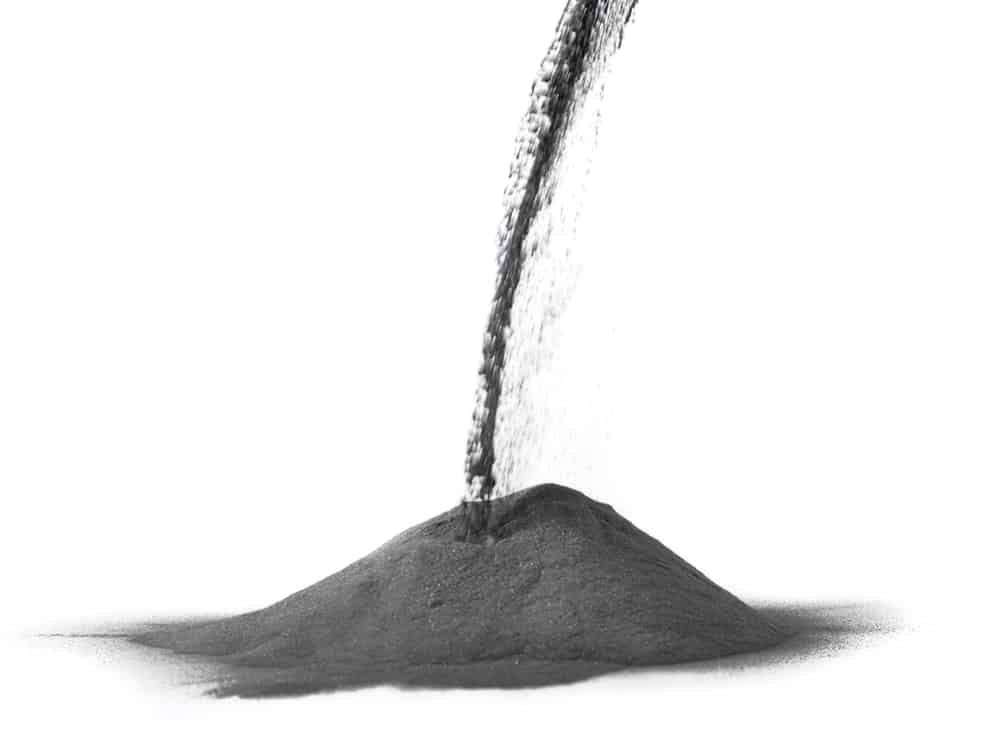Powder Metallurgy Testing: How UT Produces Quality Components

Powder metallurgy refers to the processes involved in fusing metal powder when forming a metal component. Although these processes have been in use for a long time, they’ve gained popularity in recent years due to advancements in technology. Powder metallurgy processes are increasingly being adopted by industries including aerospace, automotive, and oil and gas for their ability to produce metal parts with high quality and precision. To maintain such high quality, non-destructive (NDT) testing of parts created by powder metallurgy is essential. Many technicians turn to ultrasonic testing (UT)—specifically phased array ultrasonic testing (PAUT)—to detect corrosion, cracks, and other flaws that may have developed during powder metallurgy, thus ensuring the quality and safety of the final product.
Powder Metallurgy for Manufacturing Components
Through powder metallurgy, powdered metal is compressed in a die under high pressure and the resulting component is sintered to create a strong bond between the metal particles, enhancing its mechanical properties. The powdered particles used are usually 1mm or less in size. The unique and effective method of component manufacturing is widely considered advantageous in comparison to processes such as forging or metal casting. Many parts manufacturers utilize powder metallurgy to:
- Create ferrous as well as non-ferrous materials
- Construct parts with complex geometry
- Reduce waste
- Minimize machining need
- Cost-effectively manufacture parts
- Achieve material strength and a surface finish
As manufacturers adopt this method for manufacturing components, the need for powder metallurgy testing to identify flaws also becomes equally important. Flaw detection can be enhanced with the help of advanced ultrasonic inspection technologies.
The Role of UT in Powder Metallurgy Testing
The most common flaws in powdered metallurgical parts come from poor compression, fusion, or sintering. These flaws may include:
- Porosity/ Microporosity
- Corrosion
- Lack of fusion
- Metallic or non-metallic inclusions
- Microstructural variations
- Stress cracking
Advanced ultrasonics, including PAUT, can be ideal for detecting corrosion and surface or sub-surface cracks, as well as the porosity and density gradient of the component. The ultrasonic pulses emitted through the transducers are able to detect these flaws by receiving and analyzing the signal transmitted back from the metal part. Any change in height, thickness, or density can indicate the location and magnitude of the flaw. UT allows for a wide range of areas to be covered on a variety of powdered metal parts, and its repeatability produces reliable results.
Quality Assurance with Powder Metallurgy Testing
Like many other metal components, the inspection of powder metallurgical parts is important to ensure the success of the fusion process. Ultrasonic powder metallurgy testing ideally accesses the parts to detect any flaws through the scanning and mapping of data. The analysis of the result can assist manufacturers in examining their process parameters and making investments for detecting and eliminating the root cause of the flaw. NDT inspection at several stages of production can also allow the identification of flaws and process optimization in the early stage of production. With the application of advanced UT software, probes, and scanners, manufacturers can ensure their ability to provide high-quality products while maintaining cost-efficiency.
Zetec is a leading company that provides manufacturers with ultrasonic probes, software, and scanners for powder metallurgical testing solutions for flaw detection. Contact us today to get a custom inspection plan and additional guidance for your NDT needs.





